The 17th edition of our continent’s largest festival of contemporary Japanese film, “Japan Cuts: Festival Of New Japanese Film,” kicks off July 10. There is something for every fan of Nippon cinema available this year: recent features, films by new directors, documentaries and classics. My own bias: I tend to avoid the gentle, polite family dramas and go for genre kicks. Here are my picks from the festival. Go here for ticket and schedule information.
Super fans of Japan’s most famous monster got to see a monochrome version of last year’s “Godzilla: Minus One” in U.S. theaters this past January. Though in black and white, the color of the beast’s atomic breath was reproduced in color. Now, 2016’s highly successful, winner of multiple Japan Academy Prize awards, “Shin Godzilla” will be screened as “Shin Godzilla: Orthochromatic” for the first time anywhere (except Japan). Orthochromatic is a different black and white process with sharper contrasts and deeper blacks. Some American critics thought this Godzilla had “googly eyes” but that didn’t bother me when I watched the color version for the first time recently. Though some have already criticized the new ortho print, I look forward to judging it for myself.
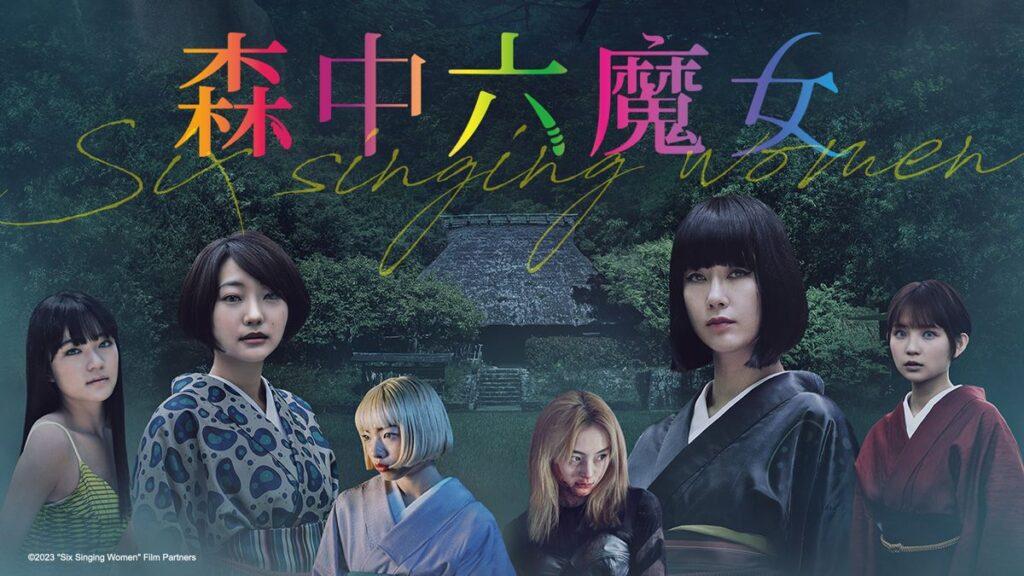
The plot of “Six Singing Women” sounds a bit like an M. Night Shyamalan movie. Two men have a car accident on a remote mountain road and are imprisoned by six women who–I guess–sing the body electric six different ways: stabbing, bearing fangs, enveloping, staring, being wet, scattering… Director Yoshimasa Ishibashi is best known for the “Oh! Mikey” sketch comedy series and it will be fascinating to see his take on the environmental horror genre.
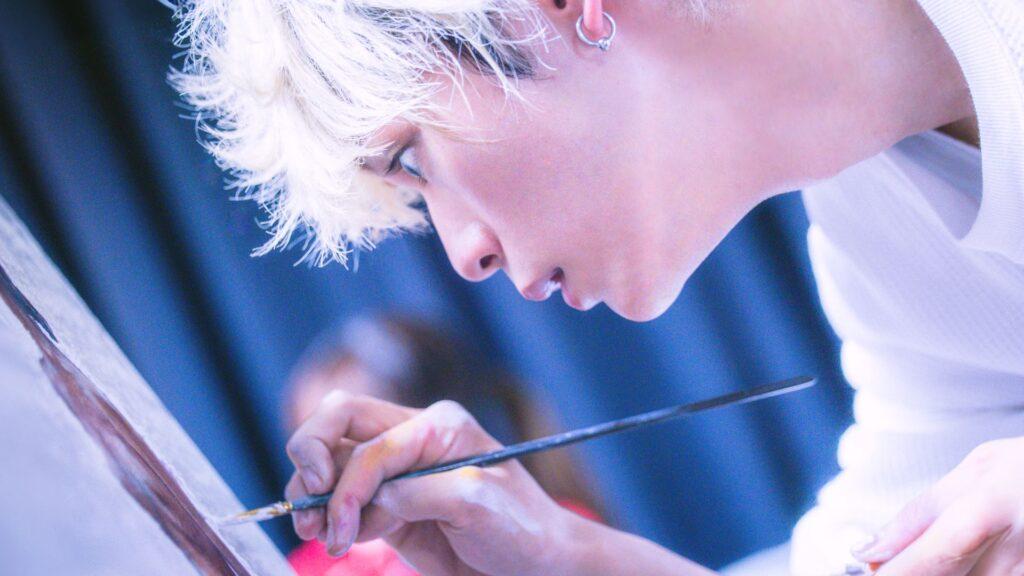
Tsubasa Yamaguchi’s bestselling manga, “Blue Period” has already been the subject of an anime series and now it has been brought to the screen by Kentaro Hagiwara with a soundtrack by Yuki “Yaffle” Kojima. Aspiring artist Yatora (Gordon Maeda), after an epiphany involving the color blue, competes mercilessly to get into a difficult Japanese art school. No tiger parents were harmed in the making of this motion picture.
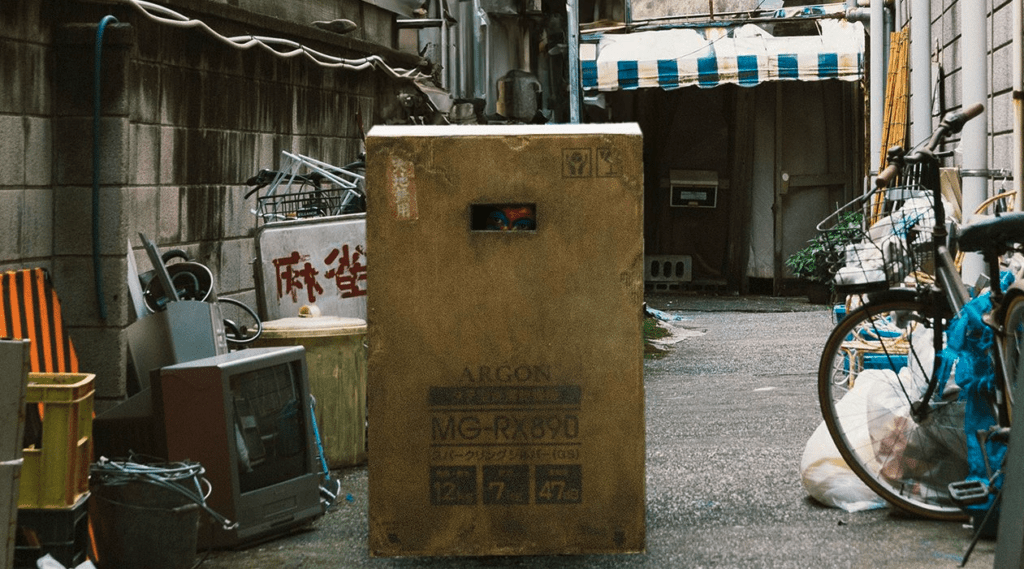
Japanese novelist Kōbō Abe was often compared to Kafka. His 1962 novel, “The Woman in the Dunes,” was made into a classic film two years later by Hiroshi Teshigahara. His 1973 novel, “The Box Man,” was about a recluse living in a cardboard box observing the sad reality of the world from his unique viewpoint. A photographer becomes fascinated with the box man with surprising results. Gakuryu Ishii’s 2024 film version has been met with mixed reviews; it will be interesting to see how successful his adaptation of what has been called an unfilmable novel is. Selected screenings of “The Box Man” will include a Q&A with the director.
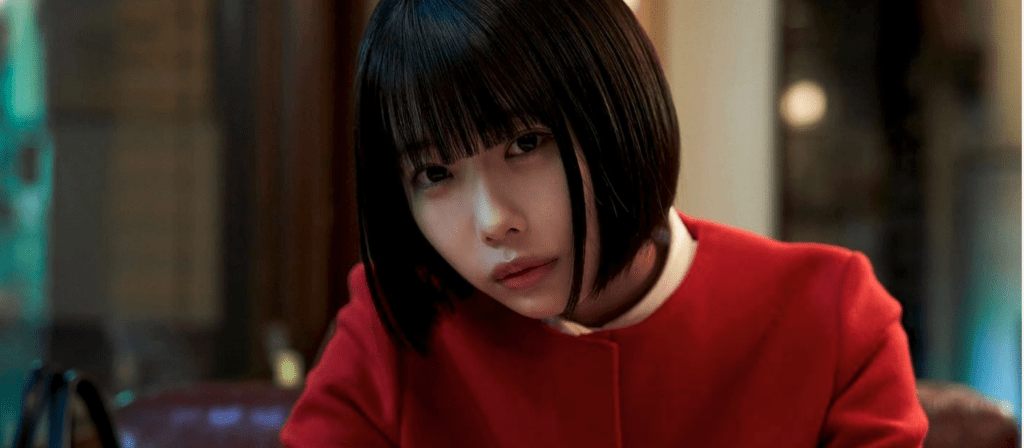
Written and directed by Takamasa Oe—who co-wrote the Oscar-winning “Drive My Car”—“Whale Bones” is about love and loneliness in the age of social media. After an office worker’s new relationship with a mysterious young woman (played by Japanese pop singer Ano) ends before the conclusion of their first date, he follows a trail of augmented reality clues left by her other identity.
“KUBI” (Japanese for “neck”) is a violent though often comedic staging of the 16th Century Honnoji Incident. Feudal Lord Oda Nobunaga was working to unify Japan when one his retainers, Akechi Mitsuhide, assassinated him, only to be defeated and killed two weeks later in the Battle of Yamazaki. There are many theories and controversies surrounding the incident. Directed by Takeshi Kitano, a veteran of Japanese film and television, this production has been years in the making and features impressive battle sequences. (The shot of arrows flying in the sky is surely an homage to the Battle of Agincourt scene from Olivier’s 1944 film “Henry V?”)
Gen Nagao’s second feature film “Motion Picture: Choke” is set in a post-apocalyptic landscape in which people have lost the ability to speak a language. A woman’s solitary survival is threatened when bandits discover her. Shot in black and white and no dialogue, this looks to be the most original film in this year’s festival.
First-time director Urara Matsubayashi also acts in “Blue Imagine,” which is the name of a fictional communal space for sexually abused women. Urara plays a counselor who works with others to help a young actress, victimized by a famous film director, recover and start a new life as more victims come forth. It turns out that Harvey Weinstein is not just an ugly symptom of the U.S. film industry.
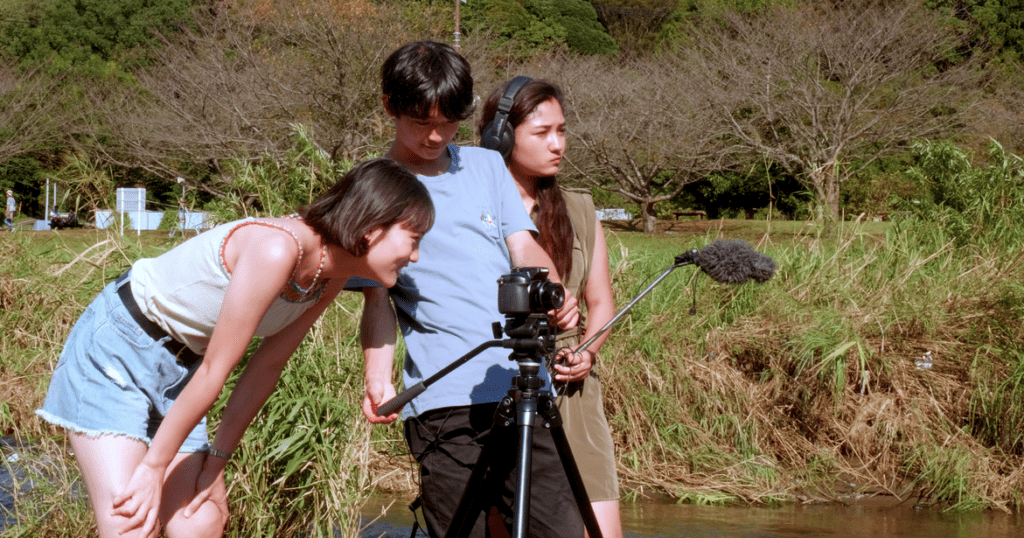
In last year’s Japan Cuts Festival, “Single 8” told the story of a group of Japanese teens making a student film in 1978. “RETAKE” is a current day version of a similar story.
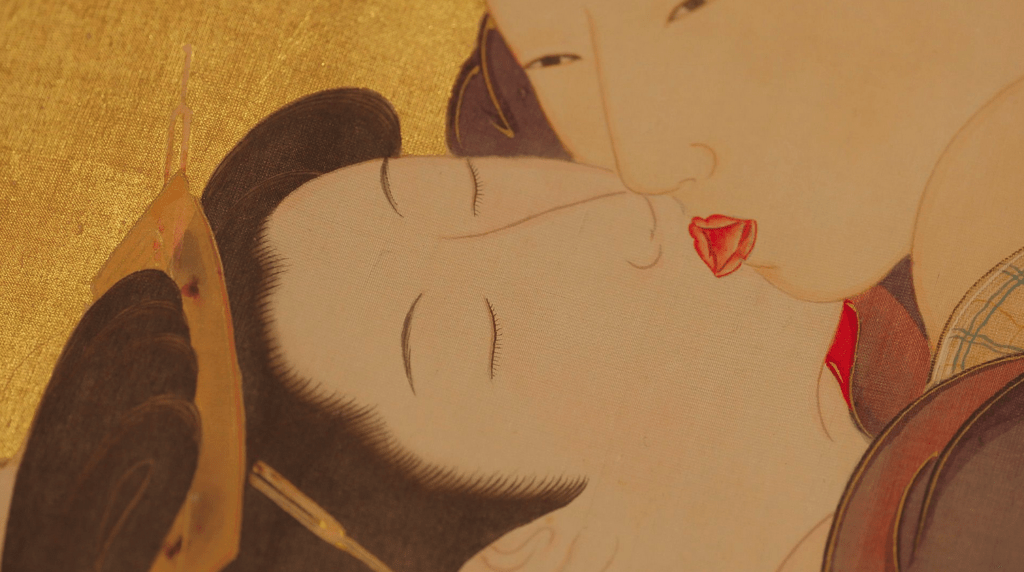
Director Junko Hirata’s documentary “Shunga: The Lost Japanese Erotica” is a study of sexually explicit Japanese wood block prints produced between the sixteenth and nineteenth century called shunga. Despite several attempts by the government to ban them, they had a large underground market. The prints usually depicted a couple copulating, sometimes fully clothed, but with exaggerated genitalia. The film features reproductions of shunga using contemporary performers and music. Like “Playboy” magazine, I only look at shunga for the articles, but I’m eager to learn more about this unusual art form.
Go here for ticket and schedule information.
